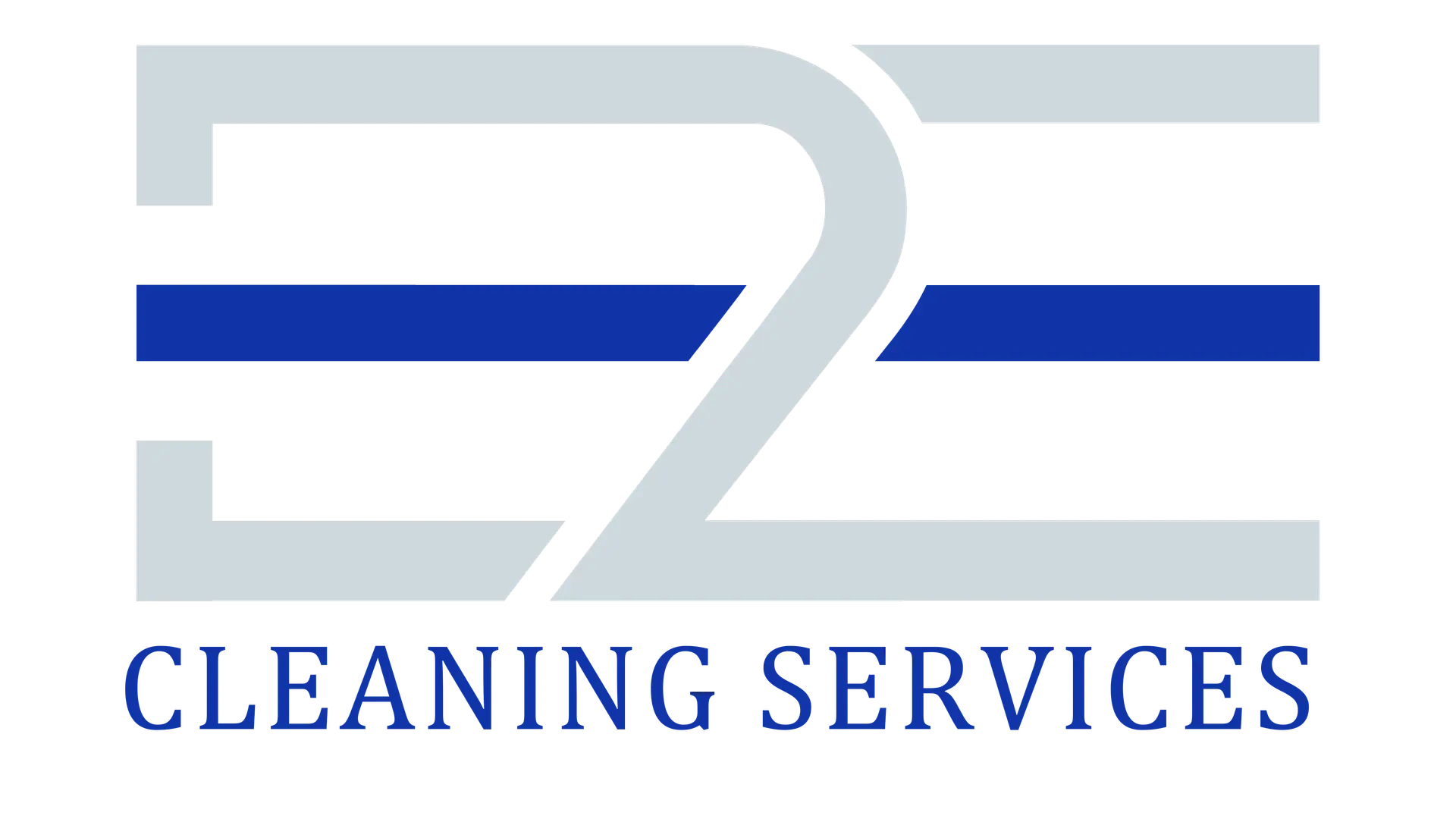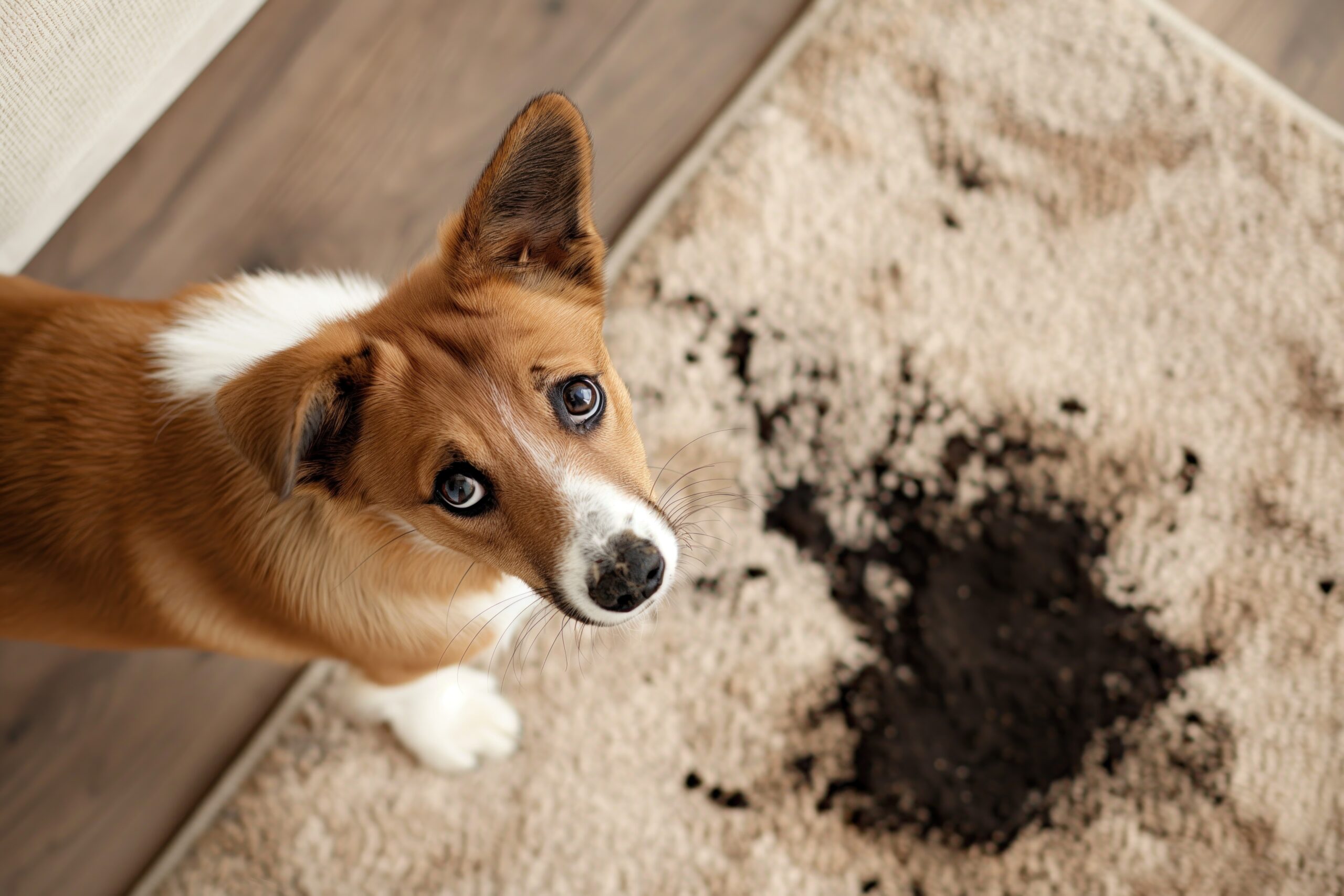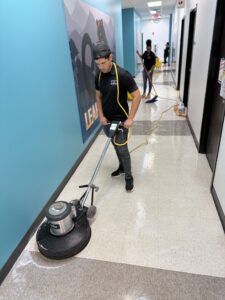Among all types of pollutants, dirty carpets pose a significant yet often overlooked threat to occupant health and finances in the commercial environment. This article reviews the health hazards of contaminated carpeting, quantifies the hidden economic impact, and presents evidence based protocols for mitigation through professional and self maintenance approaches.
The Silent Health Hazard Beneath Our Feet
Besides covering up the floor, the carpets of workplace play a major role of acting as big filters that help in trapping the airborne particles, allergens, as well as contaminants inside it.
But left to their own devices, these same carpets become health liabilities rather than assets.
It has been reported through research that carpets whose upkeep is poor, have extremely high levels of biological and chemical contaminants. Commercial carpeting can hold up to 200,000 bacteria per square inch of carpet, which is far more than what is on most toilet seats.
The cause of this contamination is foot traffic bringing in outdoor pollutants, food particle build up, skin cell shedding, and moisture intrusion that creates an ideal environment for microbial growth.
The bad news is that the health implications are substantial and wide ranging. However, bacterial contaminants, including E. coli, Salmonella and Campylobacter may survive in carpet fibers for weeks and be a source of infection to the building occupants.
These pathogens are a serious threat for anyone whose immune system is compromised beyond simple discomfort. Furthermore, fungal contamination, and in particular mold growth after small water intrusions, releases spores and mycotoxins which affect respiratory function and can cause allergic reactions.
Another considerable issue is allergen accumulation. Pet dander, pollen, and dust mites will enter deep within the carpet fibers and become allergens in these reservoirs that regular vacuuming is unable to address.
The American Lung Association notes that allergens particularly affect vulnerable groups, including children—who breathe more rapidly and spend more time near floor level where allergens settle—and individuals with asthma or other respiratory conditions who have heightened sensitivity to airborne irritants.
Extend your carpet’s lifespan by up to 50%. Click Here
The Unexpected Financial Drain
Neglected carpeting has an impact on the economy that goes far beyond visible wear and tear. Looking at the whole picture, dirty carpets are very expensive operationally and to the property value.
Costs associated with premature replacement are the obvious financial impact. Industry data shows that providing the appropriate maintenance will prolong the life span of a carpet by 30–50%. A commercial carpet rated for 15 years can be replaced as early as 7-8 years without professional cleaning, doubling replacement frequency and associated costs.
The greatest effect on operational efficiency are less apparent. Particulates released from dirty carpets into the circulation of the HVAC system increase the frequency with which filters need to be changed and increase energy consumption.
Commercial environments were studied, and buildings with poorly maintained carpeting used 15% more in HVAC operational costs than buildings with carpet maintenance programs.
Most important, there seem to be impacts on human resources. Poor indoor air quality will measurably reduce employee productivity. It is well documented that occupants in poorly maintained buildings suffer greater rates of absenteeism, reduced cognitive function and increased respiratory complaints. These productivity losses in commercial settings are often three to four times greater than the direct costs of proper carpet maintenance.
Property valuation also suffers. On commercial real estate studies regarding the carpet wear and the odor that is visible or noticeable to the tenant, the properties with visible carpet wear and detectable odor issue have lower lease rates and longer vacancy periods between tenants.
From a property manager’s perspective, this hits their revenue stream far and away harder than any favorable maintenance investment.
The Professional Cleaning Advantage
The efficacy gaps exposed by the use of consumer grade equipment and chemistry limit the efficacy potential of DIY carpet cleaning approaches at the beginning.
Professional carpet cleaning employs multiple advantages unavailable to facility staff:
- Superior extraction capability: Commercial grade equipment has the ability to generate higher water temperatures (175-220°F) and more powerful vacuum systems which can extract contaminants from deep within the carpet backing and pad areas that rental machines can not reach. Generally, this extraction efficiency removes 95 to 98% of allergens and contaminants, compared to 60 to 70% for DIY methods.
- Advanced detection systems: A variety of technological tools are used by professional services to detect invisible forms of contamination such as moisture meters and UV detection systems. This targeted approach provides for the concentration of funds to areas of highest level of contamination.
- Specialized chemistry: Cleaning a commercial floor is a sequence of application of specific chemical agents aimed at different types of contaminant. Encapsulation technologies prevent rapid resoiling and pre treatments break down the protein based stains. The immediate results in these specialized formulations are in fact dramatically better than ordinary consumer cleaning solutions, and the level of residual protection is similarly much better.
- Hot water extraction methods: Professional steam cleaning takes many biological contaminants to high enough temperatures to kill them without damaging carpet fibers or backing materials. The thermal disinfection of this method is a big plus over room temperature DIY methods, especially for dealing with bacterial and allergen loads.
The cost benefit analysis is strongly in favor of professional intervention. Professional cleaning services are typically $0.15-$0.50 per square foot per year, however, this investment extends carpet life by 30-50%, improves indoor air quality, and reduces the odds of a mold remediation event costing $15-25 per square foot.
Implementing an Effective Maintenance Protocol
A successful carpet maintenance program is found by balancing preventative measures, regular maintenance, as well as occasional professional intervention.
Effective carpet management is based upon preventative strategies:
- Proper entryway systems (15-20 feet minimum) with appropriate matting to capture soil before it enters carpeted areas should be installed
- Develop spill response protocols promoting immediate blotting (NOT rubbing) and immediate treatment with proper spotters
- If possible, designate food consumption areas away from carpeted zones
- Apply fluorochemical treatment to high traffic areas to increase soil resistance
Regular maintenance should include:
- High traffic areas should be daily vacuumed, and such equipment should have HEPA filtration to prevent the recirculation of particulates.
- Vacuum weekly items with weekly use (but more thorough vacuuming of high traffic areas with close attention to edges and corners).
- Spot cleaning monthly with proper chemistry (protein vs. oil based)
- High traffic zones were cleaned quarterly with low moisture encapsulation methods.
Professional intervention schedules should reflect facility usage patterns:
- Heavy traffic areas (10,000+ foot traffics daily): Professional cleaning every 3-4 months
- Moderate traffic areas (5,000-10,000 foot traffics): Professional cleaning every 6 months
- Light traffic areas (under 5,000 foot traffics): Professional cleaning annually
- Cleaning of construction, water, or unusual contamination event after the building is in use.
In terms of facilities pursuing green cleaning certification, we must consider cleaning chemistry with lower environmental impact profiles, extraction systems with improved water efficiency, as well as enhanced ventilation during cleaning and subsequently after cleaning to reduce VOC exposure.
Conclusion
The maintenance of carpet is a vital but often ignored aspect in the management of a facility that has huge repercussions on occupational health, operational efficiency as well as asset life. It is clear from the evidence that neglected carpeting contains dangerous biological and chemical contaminants that degrade indoor air quality and present real health hazards to building occupants.
Also, the case for proactive maintenance in terms of financial and feasibility sounds the same. Beyond these basic cleanliness aspects, professional carpet maintenance is worth the investment when calculating for extended asset life, improved operational efficiency, increased productivity and maintain property values.
Carpet maintenance must comply with the facility manager’s comprehensive carpet maintenance program, which includes some daily, preventative measures as well as periodic professional intervention. Assuming this approach to carpet care, the organization is protecting both human health and financial resources and extending the functional life of its carpeted surface.






